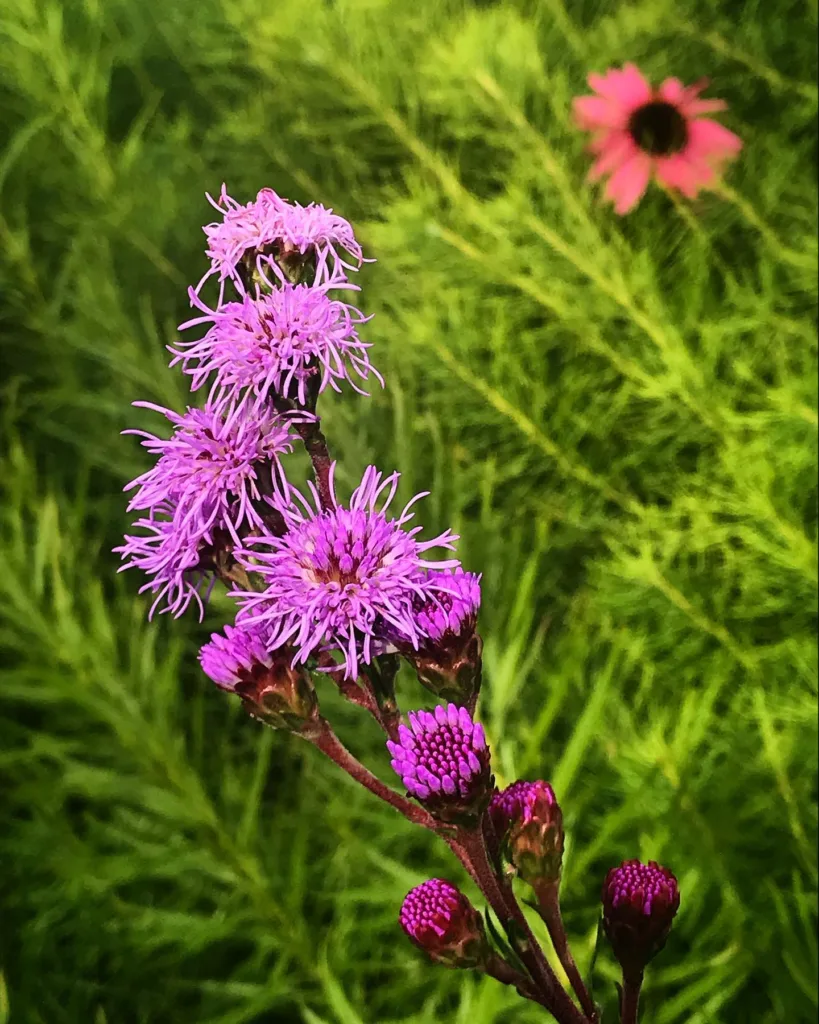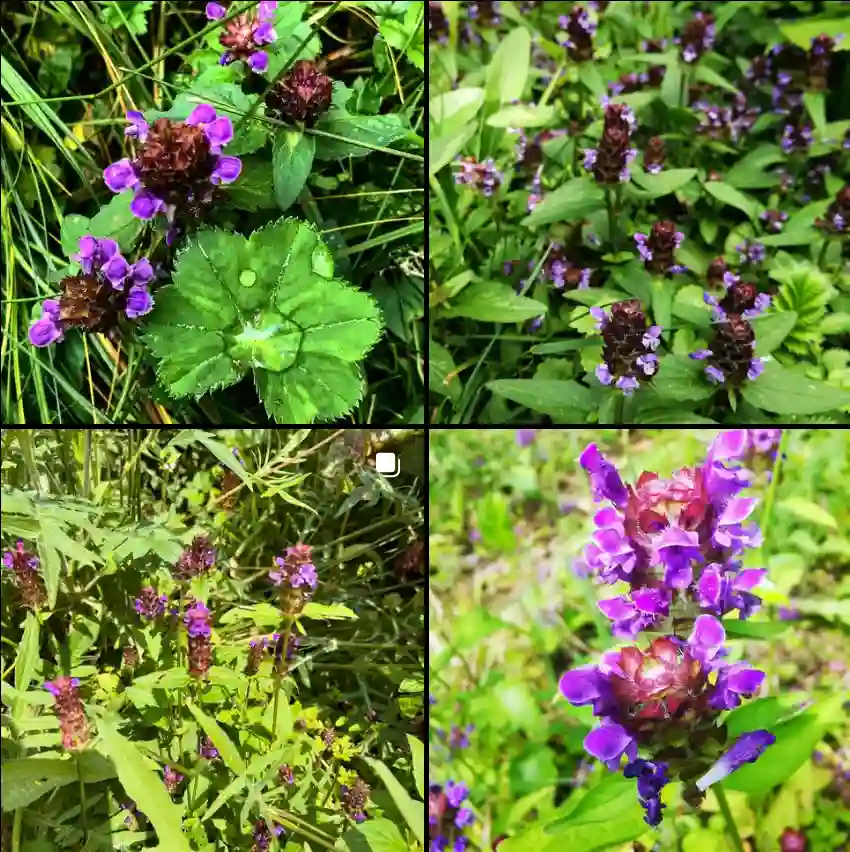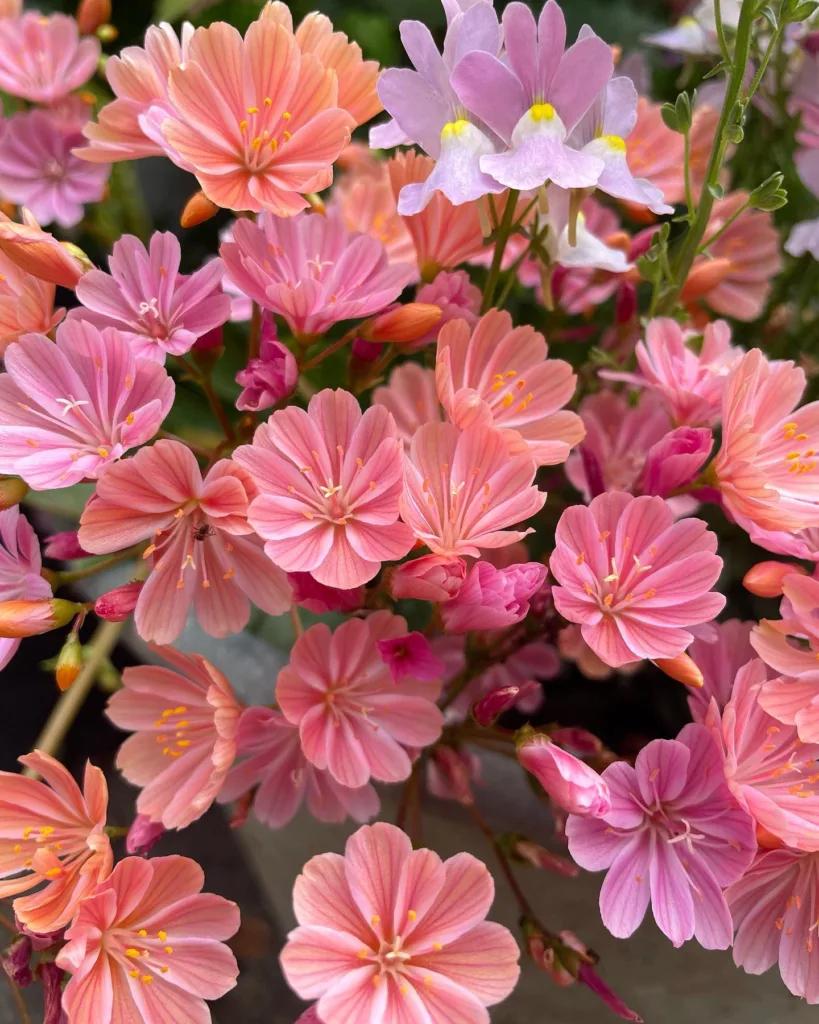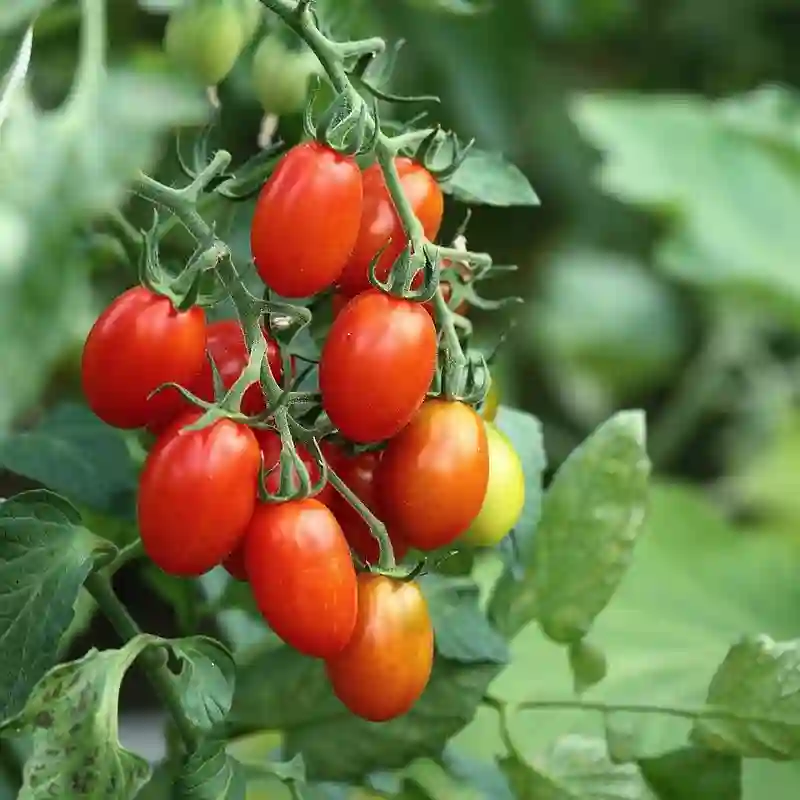What is Scindapsus Tricolor?
Hi, Ferb Vu here! Today, we’re diving into the captivating world of the Scindapsus Tricolor, a houseplant that has stolen hearts with its stunning, variegated foliage. This easy-to-care-for vining wonder boasts a cascade of heart-shaped leaves adorned with a mesmerizing blend of green, silver, and sometimes even pink tones.
Whether you’re a seasoned plant parent or a curious newbie, this FAQ will equip you with everything you need to know about keeping your Scindapsus Tricolor thriving.
36 Species in Genus Scindapsus
How to care for Scindapsus Tricolor?
Light: Illuminating the Path to Growth
Scindapsus Tricolor thrives in bright, indirect light. Think dappled sunlight filtering through a canopy of trees. Direct sunlight can scorch the delicate leaves, so avoid placing your plant on a south-facing windowsill. East or north-facing windows are ideal. If your home lacks natural light, consider supplementing with grow lights to mimic their preferred environment.
Watering: Finding the Golden Ratio
One of the biggest challenges for new plant parents is mastering the art of watering. Scindapsus Tricolor prefers a consistently moist but not soggy soil. The key is to allow the top inch of soil to dry out completely between waterings. A good rule of thumb is to stick your finger into the soil. If it feels dry to the first knuckle, it’s watering time. Overwatering is a recipe for disaster, leading to root rot.
Soil: The Foundation for Flourishing
Scindapsus Tricolor appreciates a well-draining, airy potting mix. A good option is a standard potting mix with added perlite or orchid bark for optimal drainage. This allows excess water to drain freely, preventing root rot.
Potting Up Your Tricolor Treasure
When choosing a pot for your Scindapsus Tricolor, select one with drainage holes. A pot that’s just slightly larger than the root ball is ideal. Repotting is typically only necessary every two to three years, or when the roots outgrow the current pot.
Humidity: Mimicking the Tropics
Scindapsus Tricolor hails from the lush rainforests of Southeast Asia, where humidity levels are naturally high. While they can adapt to average household humidity, they’ll truly flourish in a more humid environment. Grouping your plants together, using a pebble tray filled with water, or employing a humidifier are all ways to increase humidity around your Tricolor.
Temperature: Keeping it Cozy
These tropical beauties prefer warm temperatures ranging from 60°F (15°C) to 85°F (29°C). Avoid exposing them to sudden temperature drops or cold drafts.
Fertilizing: Fueling Growth
Regular fertilization isn’t strictly necessary for Scindapsus Tricolor, but it can give your plant a boost during the growing season (spring and summer). A balanced liquid fertilizer diluted to half strength, applied once a month, is sufficient.
Propagation: Multiplying the Magic
Scindapsus Tricolor is a joy to propagate. Stem cuttings are the easiest method. Simply take a healthy stem with a few nodes, remove the lower leaves, and place it in water or a moist potting mix. New growth should appear within a few weeks.
Common Scindapsus Tricolor Concerns
Slow Growth: If your Scindapsus Tricolor seems to be growing sluggishly, it could be due to insufficient light, underwatering, or lack of nutrients. Ensure it receives bright, indirect light, water it appropriately, and consider a light feeding during the growing season.
Brown Leaves: Brown leaves can be caused by underwatering, overwatering, or exposure to harsh sunlight. Check the watering schedule and adjust if needed. Move the plant to a location with more suitable light.
Pests: Mealybugs and spider mites can occasionally target Scindapsus Tricolor. Regularly inspect your plant and treat infestations promptly with insecticidal soap or neem oil.
Scindapsus Tricolor vs. Epipremnum Aureum (Pothos)
Both Scindapsus Tricolor and Epipremnum Aureum (Pothos) are popular, easy-to-care-for vining houseplants with beautiful foliage. Here’s a quick comparison:
- Leaves: Scindapsus Tricolor boasts heart-shaped leaves with stunning variegation in shades of green, silver, and sometimes pink. Pothos leaves are typically oval-shaped and come in a variety of solid and variegated colors.
- Light: Both plants prefer bright, indirect light. However, Scindapsus Tricolor tolerates lower light conditions slightly better than Pothos.
- Growth Rate: Scindapsus Tricolor tends to be a slower grower compared to the fast-growing Pothos.
Ultimately, the choice between Scindapsus Tricolor and Pothos depends on your preference. If you crave a unique, slower-growing plant with mesmerizing variegated foliage, the Scindapsus Tricolor is a captivating choice. If you desire a fast-growing, adaptable vining plant with a wider variety of color options, the Pothos might be a better fit.
Beyond the Basics: Additional Tips for Scindapsus Tricolor Success
- Training and Support: Scindapsus Tricolor is a vining plant that appreciates some guidance. Train it to climb a moss pole or trellis for a stunning vertical display. You can also allow it to cascade from a hanging basket.
- Toxicity: Be aware that Scindapsus Tricolor is mildly toxic to humans and pets if ingested. Keep it out of reach of curious children and furry friends.
- Air Purification: Scindapsus Tricolor is a natural air purifier, helping to remove common household toxins from the air.
Conclusion: Embrace the Allure of the Scindapsus Tricolor
With its captivating foliage and easy-going nature, the Scindapsus Tricolor is a true gem for any plant enthusiast. By following these simple tips, you can cultivate a thriving Scindapsus Tricolor that will add a touch of elegance and vibrancy to your home for years to come.
So, are you ready to embark on a journey with this stunning Tricolor wonder? With a little TLC, you’ll be rewarded with a healthy, flourishing plant that will bring you joy for countless seasons. Happy planting!
If i die, water my plants!



